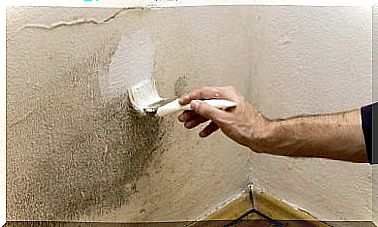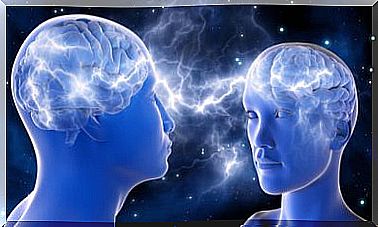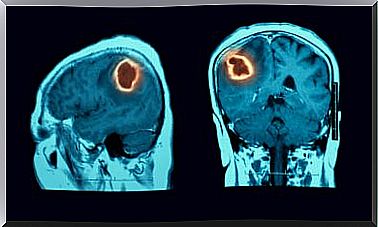The Parts Of The Heart And Their Functions
The heart is one of the essential organs for life and the protagonist of the circulatory system. It is responsible for pumping oxygenated blood so that it reaches all areas of the body. Although we know its importance, few have a good understanding of the parts of the heart and how they work.
The parts of the heart are many, although in a very summarized way, we could say that it is divided into four main chambers: the atria and ventricles. However, there are many other essential components for it to do its job.
The heart is made up almost entirely of muscle tissue. This tissue is what allows it to contract and expand, thus pumping the blood constantly. In this article we explain the parts of the heart and how they work.
Parts of the heart: the chambers

The parts of the heart are numerous, but it is important to know that they all act in a coordinated way. This is what allows the blood to flow in the correct direction and with the necessary force.
First of all, we must know that the heart is a hollow organ. It is made up of four chambers, which are two atria and two ventricles. In addition, this organ is divided into a left and a right part.
This is so because the left atrium contacts the left ventricle through the mitral valve. In turn, the right atrium contacts the ventricle on the same side through the tricuspid valve.
Left atrium
The left atrium is the cavity that receives blood that is very rich in oxygen. This blood comes from the lung through the pulmonary veins. Blood passes to the left ventricle through the mitral valve.
Left ventricle
When the mitral valve opens, blood passes to the ventricle because of the pressure difference. In this way, the left ventricle receives oxygenated blood, which it pushes towards the aorta. That is, when the ventricle contracts, the blood passes to the aorta artery to be distributed throughout the body. At this point there is also the aortic valve.
Right atrium
The right atrium is another part of the heart that is found in the upper area. The right atrium receives oxygen-poor blood through the vena cavae. This blood passes to the right ventricle through the tricuspid valve.
Right ventricle
The right ventricle is the last of the chambers. It allows blood to pass into the lungs through the pulmonary arteries. There the gas exchange takes place that causes the blood to reoxygenate.
Other parts of the heart: the valves

Valves are the structures that we have been mentioning, located at the entrance and exit of the cavities. They allow blood to flow in only one direction. That is, they allow blood to pass, for example, from the atria to the ventricles, and prevent it from going back into the atria. These are the following:
- Mitral valve, on the left side.
- Tricuspid valve, on the right.
However, we also find valves in the pulmonary arteries and in the aorta. Its function is the same: to prevent blood from returning to the cavity. This is how the heartbeat is effective.
What are the least known parts of the heart?
Although the cavities and valves are the best known parts of the heart, there are other fundamental structures for this organ to function. First, we find the sinus node.
The sinus node is the structure that functions as a cardiac pacemaker. That is, it generates electrical impulses that will be transformed into contraction movements of the heart muscles.
On the other hand, we find the atrioventricular node. It is also essential for the beat, as it allows the impulse that is generated in the sinus node to be transmitted correctly. The same is true of His bundles and Purjinke fibers.
The heart is a very complex and essential organ for life. In summary, we can say that it consists of four cavities and valves, which allow blood to always flow in the correct direction. However, it is also important to know that there are lesser known areas, such as the sinus node, which are the ones that allow the electrical impulse to be produced and transmitted properly.
In the same way, it is essential to know that there are blood vessels that contact each cavity. Just as we cannot forget that the coronary arteries are responsible for bringing the blood supply to the heart itself.









